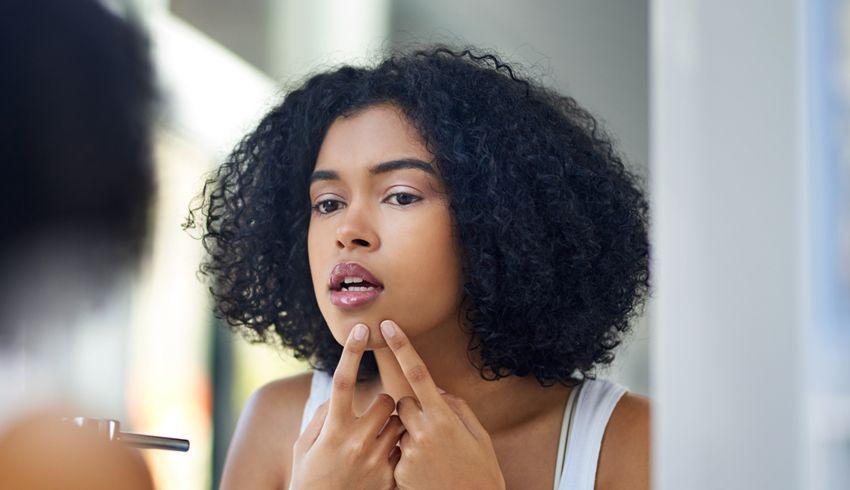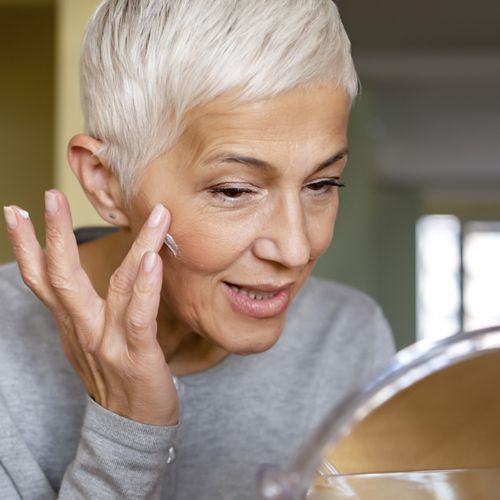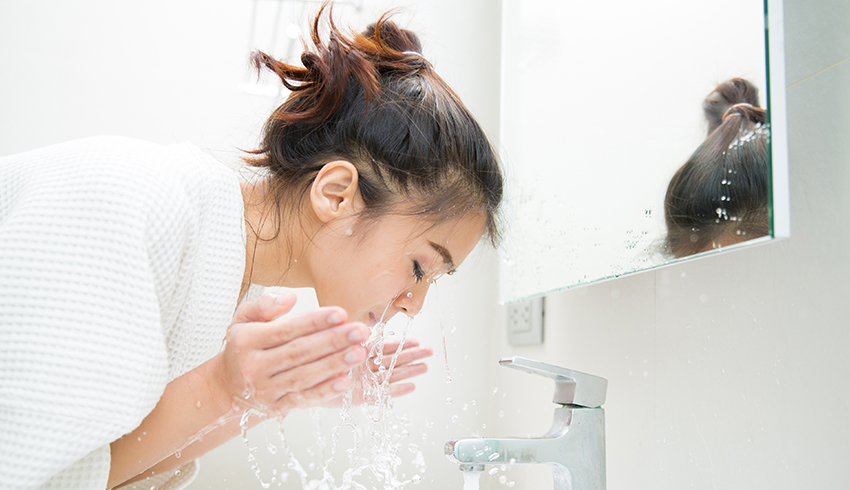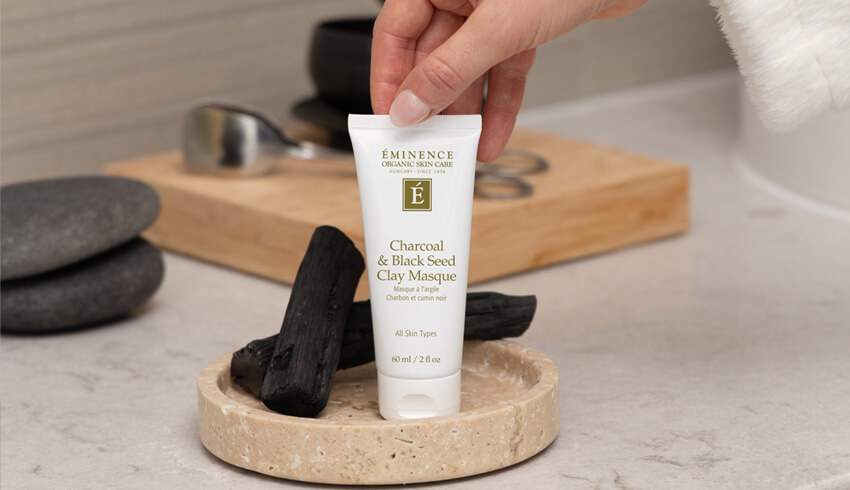
When you are well into adulthood, there are certain things you come to expect with your skin – dehydration, fine lines and wrinkles, even hyperpigmentation. But did you ever think that cystic or hormonal acne was still going to be such a, well, problem?
Unfortunately, no matter your age, breakouts and problem skin are still very much an issue that many want to address. If you want to know why your breakouts are occurring, you’ll want to read our blog post, "What Causes Acne". If you’re looking for how to treat your problem skin, you’ll want to read on. While it’s important to know what you’re dealing with, how to treat problem skin is even more vital to you because you want to eradicate breakouts like NOW.
Differences Between Cystic Vs. Hormonal Acne
Once you understand why your breakouts are occurring, this knowledge allows you to determine the best option for your treatment. While hormonal acne is seen in men and women experiencing significant hormonal changes — aging, pregnancy or even stress — cystic acne occurs at any age as a result of dietary sensitivities and an overproduction of sebum. For that reason, treating these two different types of problem skin often requires unique acne treatment options.
If you’re not sure whether your breakouts are hormonal or cystic, there are some distinctive differences to help you determine if your problem skin is more cyclical or caused by something else, like an increase of sebum or inflammation at a deeper level in the skin. Here’s the difference between cystic and hormonal acne:
Cystic Acne
- Appears predominantly in the face and T-zone, as well as the back, chest and shoulders.
- Typically larger than your traditional pimple and much more painful and red.
Cystic acne treatments are a must as it doesn’t go away on its own. Picking at breakouts also leads to increased risks of scarring and hyperpigmentation around irritated areas.
- Some cystic acne breakouts are a result of poor diet – particularly when eating an abundance of dairy.
- These breakouts happen at any age but especially during the teenage years.

Hormonal Acne
Typically occurs during changes in hormone levels — around menstrual cycles, pregnancy, and menopause. Men experiencing a drop in testosterone could also experience hormonal acne!
- Stress causes a change in hormone levels, increasing the development of problem skin outbreaks.
- Hormonal acne crops up around areas like the chin, jawline and neck
These two types of problem skin are significantly distinct, so the approach for treating them needs to be different as well. Targeting cystic acne requires regular exfoliation using a gentle formula as well as a cleanser that works deep within pores to eradicate bacteria and soothe inflammation.
For managing cystic acne, our Clear Skin Starter Set targets problem areas while also providing healthy skin the hydration it needs. It features an entire regimen specially designed for problem and oily skin types. From a probiotic cleanser to a booster-serum, products in the Clear Skin Starter Set use ingredients like tea tree oil, sweet almond milk and cucumber to clarify problem skin without stripping much-needed moisture from the skin.
Treating hormonal acne is more about an overall skin care and wellness routine. If you experience drastic or severe hormone fluctuations, an OB-GYN is a good resource for getting back on track. However, when treating hormonal acne on your own, a good routine includes products that target problem skin and reduces bacteria in pores while also hydrating and nourishing skin.

For the breakout-prone, our Acne Advanced 3-Step Treatment System, including the Acne Advanced Clarifying Masque, contains products designed to treat and prevent acne. If you experience sporadic cystic acne or more regular hormonal acne, the 3-step system works to cleanse, clarify and hydrate for a beautiful and breakout-free complexion.
Dos & Don’ts
When you have a breakout, poking it or trying to speed up its lifecycle is a recipe for disaster. Keep these tips in mind when managing problem skin, no matter if it’s cystic or hormonal.
DO keep your skin clean with a consistent and clarifying skin care routine. Exfoliating keeps pores from getting clogged while clarifying formulas eradicate bacteria that lead to breakouts.
DON’T pick at pimples or breakouts. As tempting as it might be, picking spreads bacteria (leading to even MORE breakouts) and an increased risk of scarring or infection.
DO use serums and targeted products for problem skin. Ingredients in serums, such as tea tree oil and willow bark, clarify pores and prevent bacteria growth, leading to healthier and clearer skin with consistent use.
DON’T scrub. When you have inflamed and irritated skin, the last thing you want to do is make it worse. Instead of aggressively scrubbing the face with harsh physical exfoliants, opt for a gentle cleanser and massage it into skin, then rinse with lukewarm water and apply serums or moisturizers to further treat and prevent problem skin.
Do you suffer from breakouts? Find out more about how Eminence Organics products can target problem skin, or book an appointment to see a professional. Visit the spa locator to find an Eminence Organics spa or salon near you!


